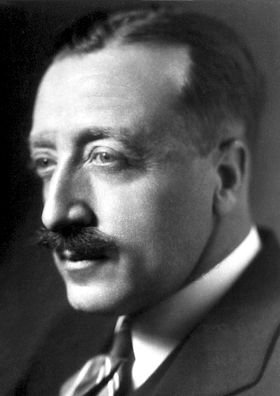John Howard Northrop facts for kids
Quick facts for kids
John Howard Northrop
|
|
|---|---|
 |
|
| Born | July 5, 1891 Yonkers, New York, U.S.
|
| Died | May 27, 1987 (aged 95) Wickenburg, Arizona, U.S.
|
| Alma mater | Columbia University |
| Known for | Studies of enzymes |
| Awards | Nobel Prize in Chemistry (1946) Daniel Giraud Elliot Medal (1939) |
| Scientific career | |
| Fields | Biochemistry |
| Institutions | University of California, Berkeley Columbia University Rockefeller University |
John Howard Northrop (born July 5, 1891 – died May 27, 1987) was an American biochemist. This means he was a scientist who studied the chemistry of living things. He won the 1946 Nobel Prize in Chemistry along with James Batcheller Sumner and Wendell Meredith Stanley.
They received the award for their important work. They were able to separate, turn into crystals, and study enzymes, proteins, and viruses. Northrop was also a professor at the University of California, Berkeley. He taught about bacteria and medical physics.
Contents
Biography
Early life and education
John Howard Northrop was born in Yonkers, New York, on July 5, 1891. His father, John Isaiah, was a zoologist and taught at Columbia University. His mother, Alice Rich Northrop, taught botany at Hunter College. Sadly, John's father died in a lab explosion just two weeks before John was born.
John went to Yonkers High School. Later, he studied at Columbia University. He earned his first degree (BA) in 1912 and his PhD in chemistry in 1915. During World War I, he helped the U.S. Chemical Warfare Service. He researched how to make acetone and ethanol using a process called fermentation. This work led him to study enzymes.
Groundbreaking research
Northrop made many important discoveries in his career. In 1929, he successfully separated and crystallized the stomach enzyme called pepsin. He also proved that pepsin was a protein.
Later, in 1938, he was the first to separate and crystallize a bacteriophage. This is a tiny virus that attacks bacteria. He found that it was a nucleoprotein, which is a protein combined with a nucleic acid.
Northrop also isolated and crystallized other important enzymes. These included pepsinogen (which turns into pepsin), trypsin, chymotrypsin, and carboxypeptidase.
Awards and workplaces
For his book, Crystalline Enzymes: The Chemistry of Pepsin, Trypsin, and Bacteriophage, Northrop received an award. He was given the Daniel Giraud Elliot Medal from the National Academy of Sciences in 1939. In 1949, he was also chosen as a Fellow of the American Academy of Arts and Sciences.
Northrop worked at the Rockefeller Institute for Medical Research in New York City. He was there from 1916 until he retired in 1961. In 1949, he also joined the University of California, Berkeley. He became a Professor of Bacteriology and later a Professor of Biophysics.
Personal life
In 1917, John Northrop married Louise Walker. They had two children together. Their son, John, became an oceanographer. Their daughter, Alice, married another Nobel Prize winner, Frederick Chapman Robbins. The family enjoyed living near nature. Northrop loved being outdoors and exploring the wilderness.
See also
 In Spanish: John Howard Northrop para niños
In Spanish: John Howard Northrop para niños

